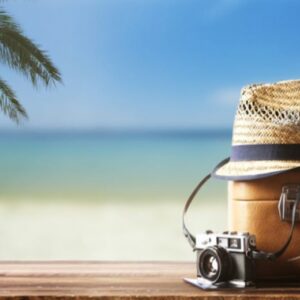
By: Good News Network Bacteria that eat methane, a greenhouse gas, have been discovered in an Antarctic lake that has been isolated from the atmosphere for thousands of years. Their presence could significantly reduce the potential risk of warming posed by reservoirs of gas locked up in the ice, scientists say.
Scientists found the bacteria by drilling in Lake Whillans, a large body of water located 800 meters (2,600 feet) underneath the West Antarctic Ice Sheet. After the team successfully broke through the ice sheet in 2013, they collected water and sediment samples—deposited about 120,000 years ago—from this long-hidden lake.
Their analysis of the samples, published in Nature Geoscience, revealed bacteria that digest methane. The bacteria were in the upper lake sediment, indicating they prevent the greenhouse gas from entering the water. In other words, the Earth-heating compound methane is unable to reach the ocean and escape into the atmosphere.
Methane is far more potent than carbon dioxide, another greenhouse gas. A huge amount of this compound, made of carbon and hydrogen, is locked up in the permanently frozen ground of the Arctic permafrost. Climate scientists are concerned that as global temperatures increase, methane released from warmed permafrost will cause additional warming—potentially resulting in a runaway climate change scenario.
Scientists believe a major methane reservoir lies beneath the West Antarctic Ice Sheet. The bacteria that eat this chemical could be preventing its release into the atmosphere, limiting warming in the process.
Biological processes within the sediments at the bottom of the lake turn methane into carbon dioxide. Cut off from heat and sunlight, the bacteria turned to methane for energy. “Bacterial oxidation consumes [more than] 99 percent of the methane and represents a significant methane sink,” the team wrote.
Understanding what lies beneath the Antarctic ice sheet is important to climate science. In recent years, researchers have discovered vast systems of lakes and rivers, one larger than the Grand Canyon.
But these ecologies are still largely unexplored, making it difficult to predict how much methane they might release in the future. According to the study authors, vast “microbial ecosystems capable of cycling important greenhouse gases” exist beneath the Antarctic ice.
“It took more than a decade of scientific and logistical planning to collect the first clean samples from an Antarctic subglacial environment, but the results have transformed the way we view the Antarctic continent,” study co-author John Priscu from Montana State University said in a statement.
Concluding, the team wrote: “The bacterial conversion of [methane] to [carbon dioxide] beneath the West Antarctic Ice Sheet reduces the warming potential of subglacial gases that may be released to downstream ice sheet margin environments and to the atmosphere during episodes of ice sheet retreat.”


